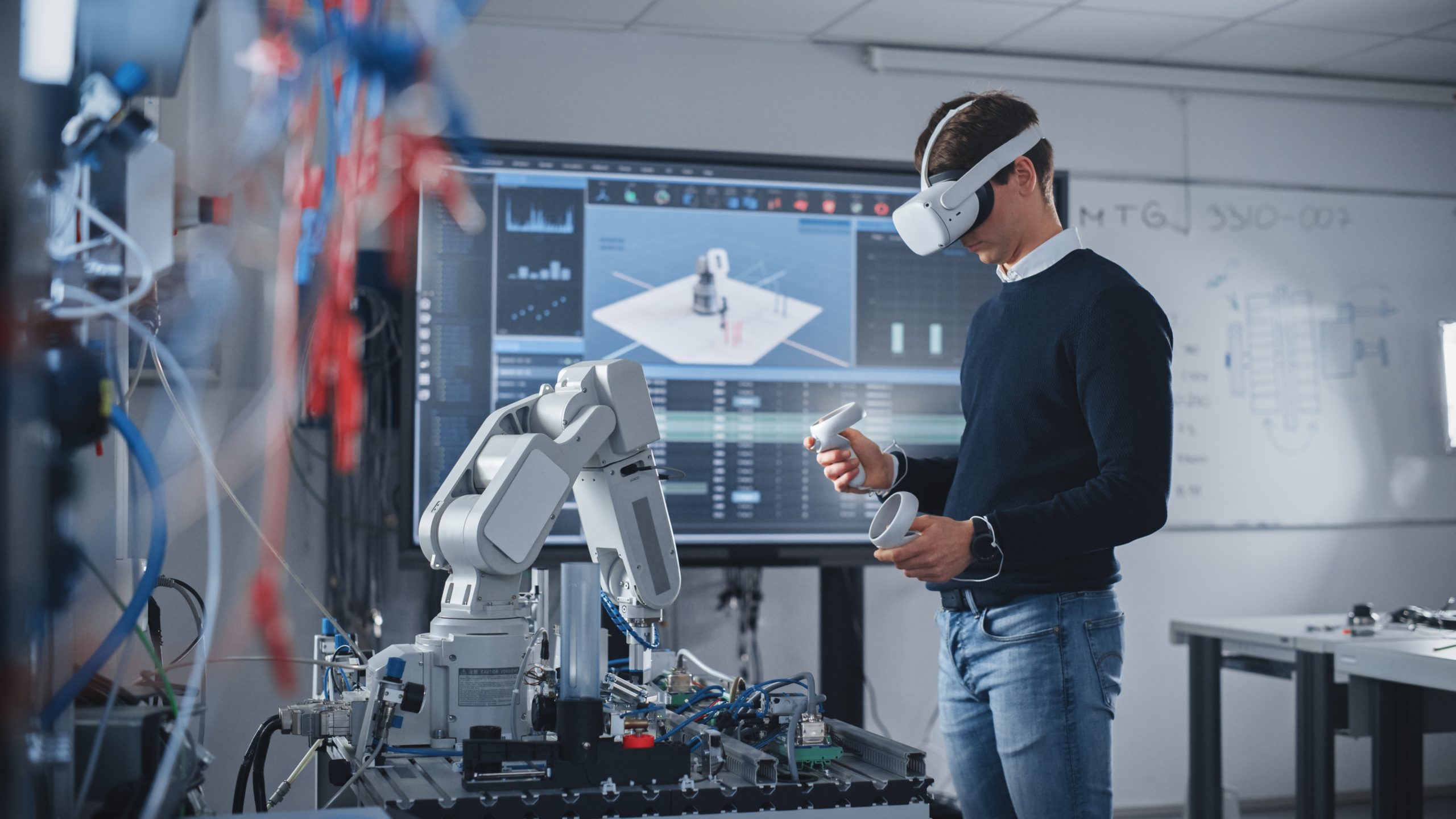Aceleramos la transferencia de tecnología al mercado, guiando proyectos de investigación desde la validación de la oportunidad hasta el desarrollo de compañías deep-tech sólidas y escalables.
The Collider es el programa de transferencia tecnológica de Mobile World Capital Barcelona, diseñado para apoyar proyectos científicos e innovadores en su transición del laboratorio al mercado.
The Collider impulsa la transferencia tecnológica en Cataluña, España y Europa, creando spinoffs científico-tecnológicas. Nuestra misión es cerrar la brecha entre ciencia y mercado, ofreciendo soluciones a los desafíos industriales y los objetivos de desarrollo sostenible.
Somos un Venture Builder de referencia en Europa, con alta satisfacción en nuestro programa y un papel clave internacional, apoyando iniciativas como el T2M del European Innovation Council (EIC).
Nuestro impacto en números
+200
Proyectos científicos acompañados
83M€
Valoración de porfolio
22
Spinoffs creadas
+145
Empleos generados
Desde Mobile World Capital Barcelona queremos ayudar a construir nuevos mecanismos de transferencia tecnológica y apoyar la creación de spinoffs científico-tecnológicas que impactan positivamente en la competitividad y el futuro sostenible de los territorios.

Mantente informado de todo
Recibe actualizaciones de todo lo que está pasando en Mobile World Capital Barcelona





















